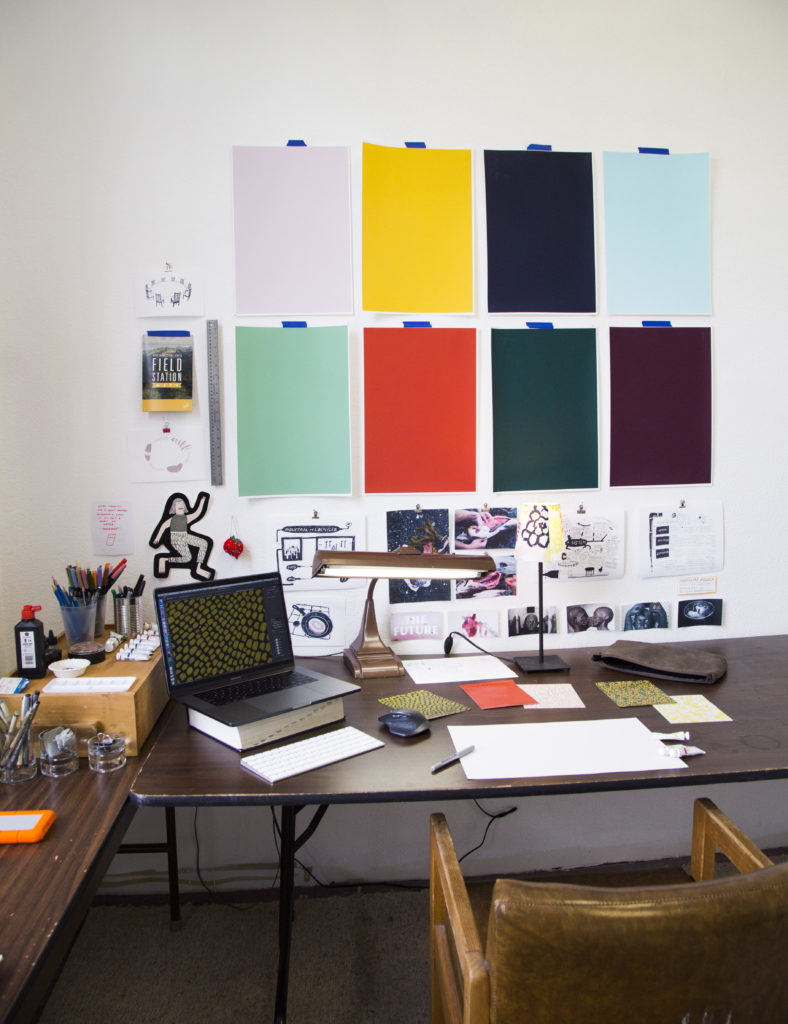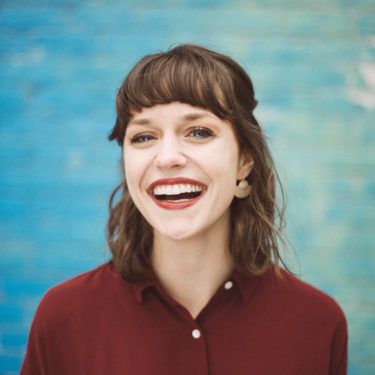About Madeleine:
Madeleine Welsch (she/her) is a Brooklyn-based illustrator, art director, and animator. Her experience with Turning Green fostered her passion for visual communication. Madeleine has been an artist-in-residence at The Center at Eagle Hill in Hardwick, Massachusetts, The Sitka Fellows Program in Sitka, Alaska, and the Kala Art Institute in Berkeley, California. Finding her freelance practice at the intersection of audio storytelling and education, Madeleine has worked with clients like Spotify, Anchor, MNDFL, Pinna, and Resy. Currently, Madeleine can be found at Flocabulary in Brooklyn, NY, where she illustrates and directs educational hip-hop videos aimed to engage and inspire K-12 students in the classroom. In her free time, you can find her hiking, camping, or baking a seasonal fruit pie.
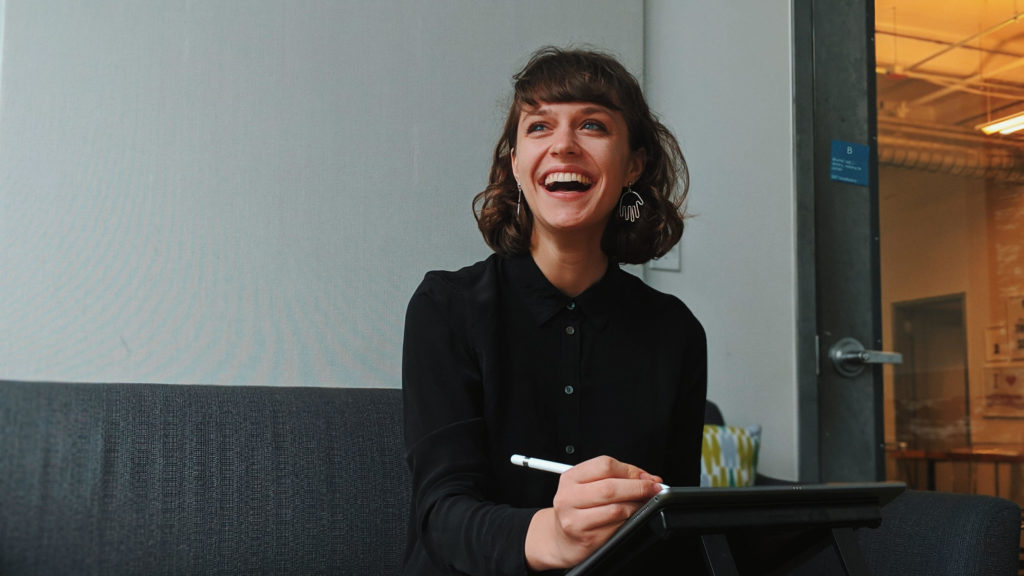
Q&A:
1) How did you hear about Project Green Challenge and what made you decide to get involved?
I heard about PGC through Anna Hankins, a high school friend who was PGC runner-up in 2012. After hearing about the transformative process that is Project Green Challenge, I knew I wanted to get involved and further my environmental education.
2) What is one memory from PGC that stands out to you? Was there a particular part of your PGC experience that felt especially important?
PGC introduced me to an interdisciplinary community of leaders who I continue to learn from to this day. When you’re a young student, environmental work can sometimes feel overwhelming and lonely. Having this sudden network of peers is like getting a gift—PGC is an incredible toolkit of amazing, like-minded humans who are fighting for the same things you are.
The PGC finals stand out as an important moment for me. For the first time in 2013, I heard activists, scientists, artists, and innovators share their stories and ideas in a conference-style setting. This opened my eyes to the different avenues one can take to effect change in the world. I return to PGC every year to mentor new students because the Turning Green family is a constant source of inspiration for me.
3) How did your participation in PGC impact you? What are some ideas and takeaways from PGC you still carry with you today?
“Dream and do,” (my favorite motto from TG founder Judi Shils) will stick with me forever. My experience at PGC gave me the confidence to pursue illustration as a career. It also gave me the skills and the network to connect my interest in art with environmental work and education. This led me to my current position at the ed-tech company Flocabulary, where I’m an art director and illustrator. Flocabulary is a learning program for all grades that uses educational hip-hop lessons to engage students and increase achievement across the curriculum. We cover a myriad of topics for K-12 students, ranging from historical figures and current events to physical science and social and emotional learning. In collaboration with a team of curriculum designers, rappers, animators, sound engineers, I get to help make our videos come to life every day. Both Flocabulary and PGC share a common core of mobilization. In today’s political and social climate, one of the most important things we can do is to inspire the next generations to take action along with us.
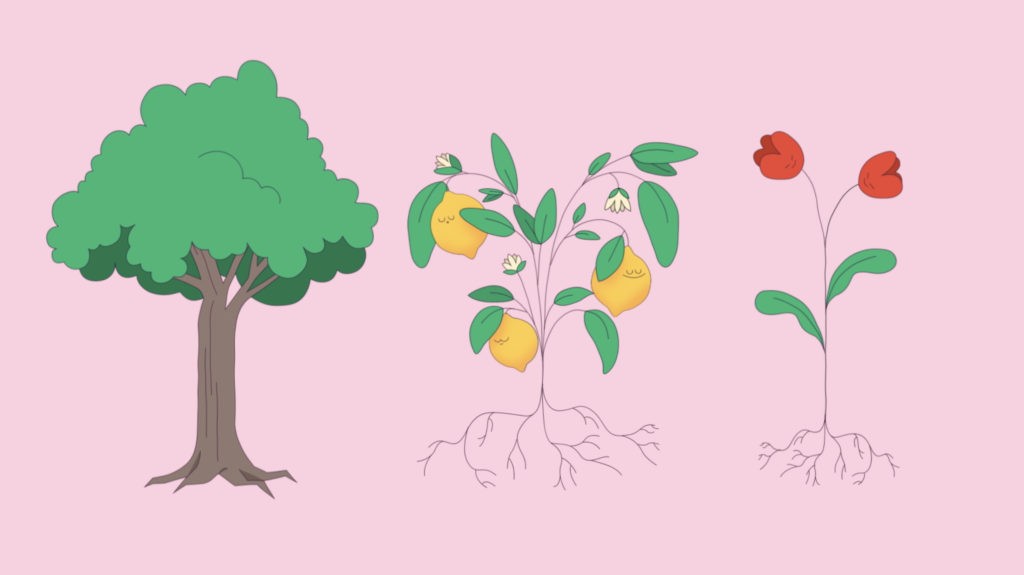
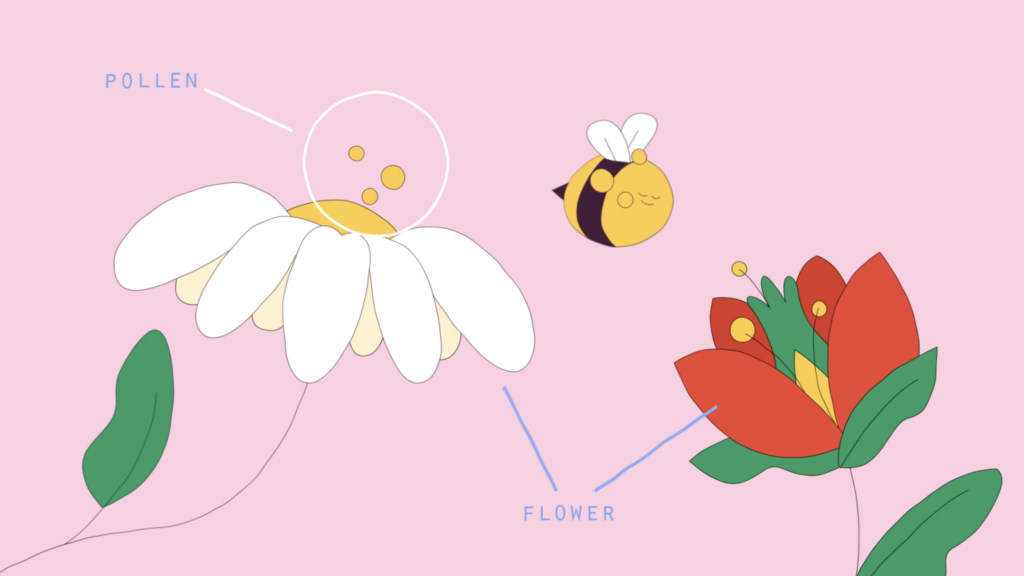
4) You describe yourself as an “illustrator and earth-lover.” How does your love of the earth shape your work as an illustrator and animator (and vice versa)?
I believe illustration can be a catalyst for change: a way to make sense of the complicated systems I interact with on a daily basis. A big part of my art practice stems from a need to understand my relationship with, and place in, the natural world. Outdoor spaces and communities are a big source of inspiration for me — both in the topics I explore in my art and as places to find rest, away from art.
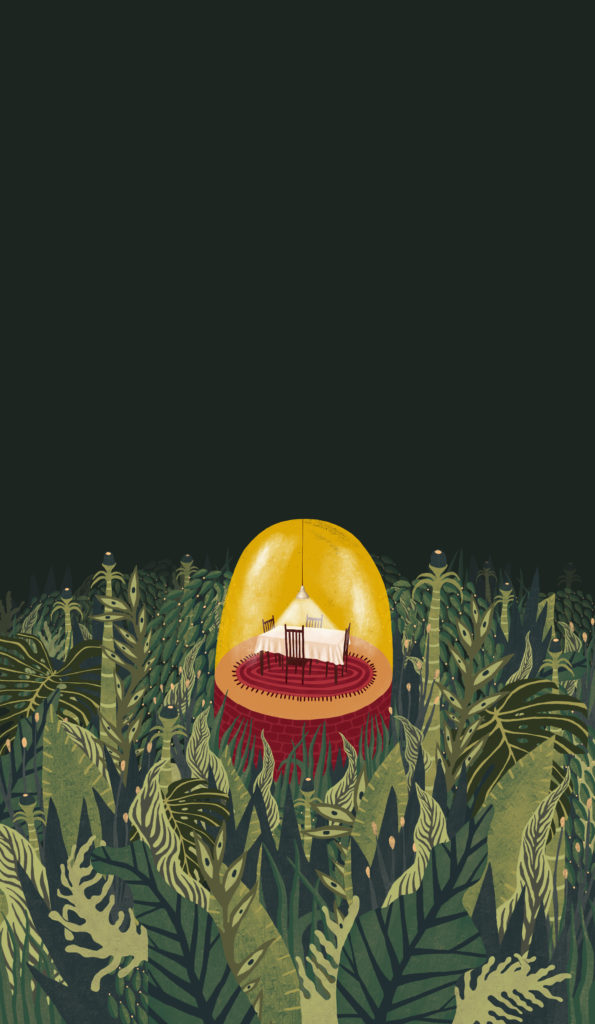
5) How have current events, especially the impact of Covid and increased awareness of the need for climate and social justice, impacted the way you work and your position as an artist and creator?
It’s important to remember that climate justice IS social justice. I feel lucky to be working in a field focused on building remote education tools. I hope that some of the projects I’m involved in are making a small difference in closing the education gap that has only been exacerbated by the pandemic and continued racial injustice.
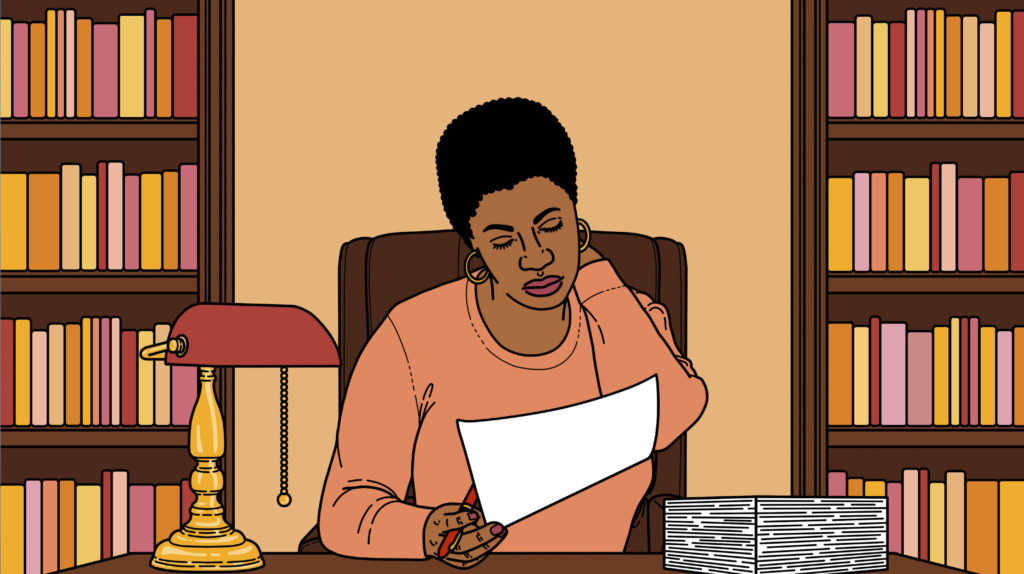
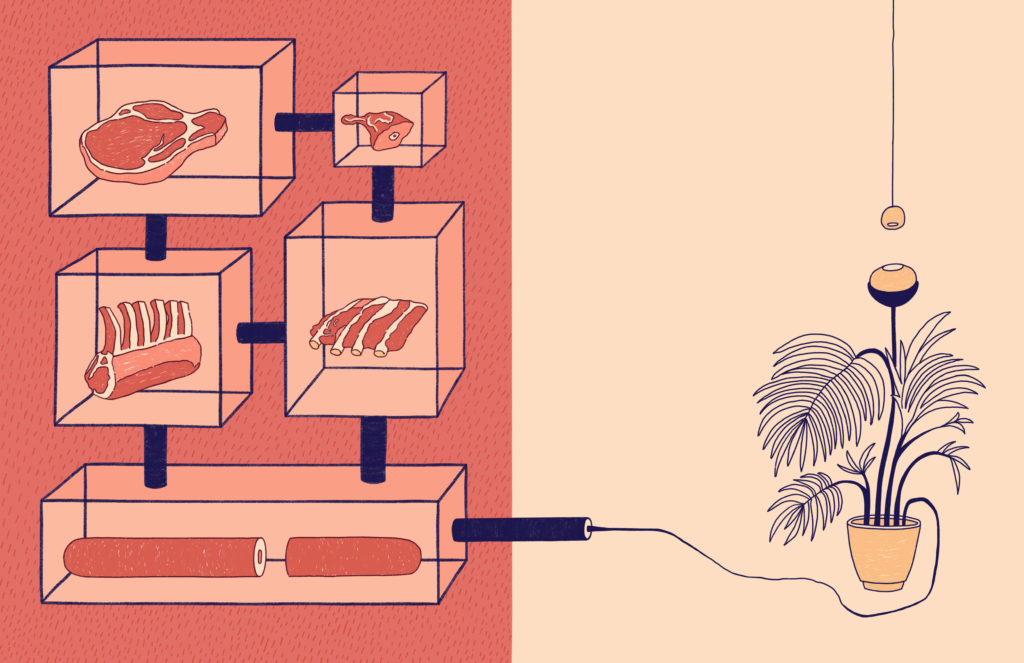
At Flocabulary and Nearpod (our parent company), my team focuses on creating lessons that are actively anti-racist across the curriculum. As an art director, I also recognize how my privilege as a cishet white woman influences the way I tell stories, hire freelancers and more. Unfortunately, the world of art direction involves a lot of gatekeeping, and I try to use my position to work with artists whose voices and talents reflect the stories my team aims to tell.
6) Are there any fun projects (maybe even those relating to ideas surrounding sustainability, climate, the earth) that you are working on currently you’d like to share?
I just signed on to illustrate eight covers for the upcoming winners of the US & UK Spotify Student Podcast Contest in December. This is definitely a dream project for me and a culmination of a lot of my interests. I’m really excited to see where it goes!
7) What brings you hope right now?
Student voices.
